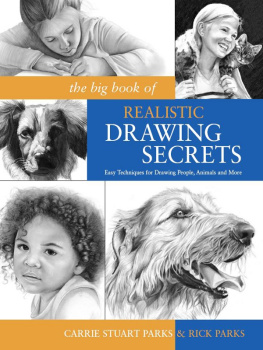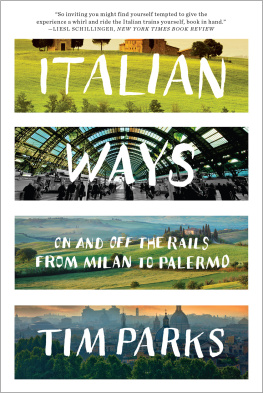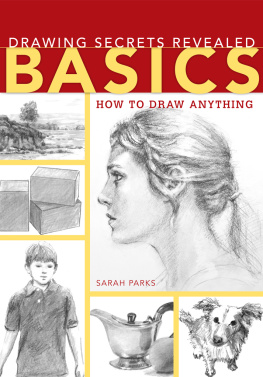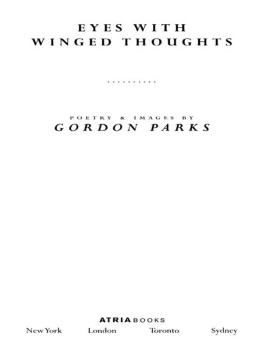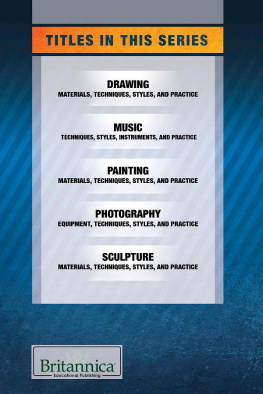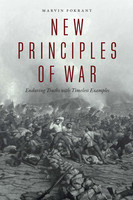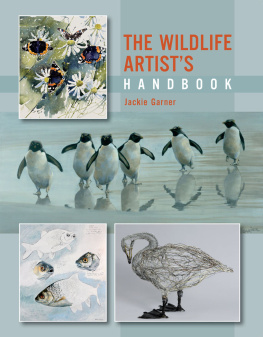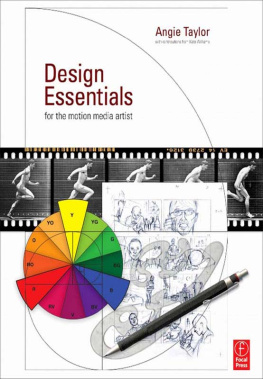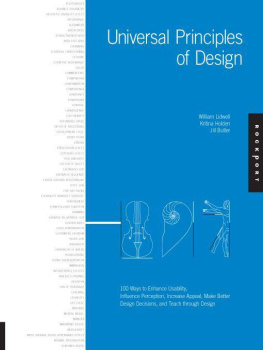2015 Rockport Publishers
First published in the United States of America in 2015 by
Rockport Publishers, a member of
Quarto Publishing Group USA Inc.
100 Cummings Center
Suite 406-L
Beverly, Massachusetts 01915-6101
Telephone: (978) 282-9590
Fax: (978) 283-2742
www.rockpub.com
Visit RockPaperInk.com to share your opinions, creations, and passion for design.
All rights reserved. No part of this book may be reproduced in any form without written permission of the copyright owners. All images in this book have been reproduced with the knowledge and prior consent of the artists concerned, and no responsibility is accepted by producer, publisher, or printer for any infringement of copyright or otherwise, arising from the contents of this publication. Every effort has been made to ensure that credits accurately comply with information supplied. We apologize for any inaccuracies that may have occurred and will resolve inaccurate or missing information in a subsequent reprinting of the book.
10 9 8 7 6 5 4 3 2 1
Digital edition published in 2015
Digital edition: 978-1-62788-558-4
Hardcover edition: 978-1-63159-030-6
Library of Congress Cataloging-in-Publication Data
Parks, John A., 1952
Universal principles of art : 100 key concepts for understanding, analyzing, and practicing art / John A A Parks.
pages cm
ISBN 978-1-63159-030-6 (paperback)
1. Art--Dictionaries. I. Title.
N33.P38 2014
703--dc23
2014025501
Design: Bryn Freeman
Cover Images: Grande Odalisque by Jean Auguste Dominique Ingres; Portrait of Picasso by Juan Gris; Noc sculpture, Nigeria; Nine Jackies by Andy Warhol (image courtesy of Alamy).
Universal Principles of
ART
100 Key Concepts for Understanding, Analyzing, and Practicing Art
John A. Parks

PREFACE
As a professional artist and a teacher of many years at the School of Visual Arts in New York, I sometimes find myself guiding a group of students around a museum.
They are often bewildered.
In the space of a few minutes we may come across Renaissance angels, fearsome tribal masks, a canvas displaying nothing more than a geometric shape on a white ground, Impressionist views of sunny afternoons, photorealist paintings of Californian diners, and artworks that are simply typewritten sheets of instructions.
How can I begin to explain to my students what these products have in common and how they function as works of art? How can I convey what ideas, techniques, practices, superstitions, stylistic developments, and cultural contexts were in play when they were made? And how can I do it in a way that is simple, direct, and accessible? Then there is the most mysterious question of all: Why is all this stuff here in the first place? What is it that has driven so many people throughout history to keep on making art?
I begin by pointing out the extraordinary fact that every human culture makes art, from the most remote preliterate tribe to the most educated western elites. Our abilities and drive to make art undoubtedly arose from evolutionary necessity. A number of surveys, conducted over many cultures, have identified a marked preference for paintings of savannah-like landscapes, with rolling grassland, trees, and water. Evolutionary psychologists point out that this is an image of the kind of landscapes in Africa in which our forebears lived during the Pleistocene epoch. It is the ideal environment in which hunter-gatherer tribes might expect to prosper. Similarly, qualities such as balance and symmetry, as well as certain ratios related to the human body, may be attractive because they are evidence of fitness traits in humans. The delicate aesthetic senses we deploy today may have emerged from our ability to discern good mating choices in prehistory.
Aesthetic pleasure may have grown from evolutionary pressures to become part of our very nature, but it has also been taken up by the development of our cultures and transformed into something immensely diverse and complex. The history of ideas, religious beliefs, cultural practices, technological advances, and sheer ingenuity have proliferated a dizzying variety of artworks. This book provides a clear and concise account of how a number of key ideas, techniques, cultural contexts, and creative inspiration have combined to bring into being a broad array of artworks. It is the book I would like to put into my students hands as they wander through the museum or talk earnestly about art in the studio.
Above all, I would like my students to feel that understanding art is not an intellectual exercise, but an introduction to joy. Art is a way of conveying feeling, of relating to other human beings ways of being in the world, of sharing experience and insights, of manufacturing pleasure. It can be provocative, charming, cathartic, beautiful, deeply moving, sexy, cerebral, humorous, spiritual, or sensational. In fact it can access and transmit the entire range of feelings in ways that are continually fresh and engaging. It is the very best and most extraordinary thing that human beings do.
CONTENTS
INTRODUCTION
The visual arts are unique in that they form a nexus where craft, technology, philosophy, and the imagination come together to make something that is both wonderful and necessary. This book provides an account of how one hundred powerful ideas and principles intersect with the practice of making art. The number, of course, is not definitive, and many more chapters could be included. The ideas presented range from very broad principles, such as harmony or rhythm, to more precise and local ideas, such as Mannerism or Minimalism. I have given a clear and concise presentation of these ideas and have provided for many of them an account of the strategies that artists have used to bring them into play.
The book will be of considerable use to artists who wish to understand and explore the art of the past and get a sense of what kinds of original enterprises are possible in the future. For the art student, it will provide a rich and varied focus for discussion and learning as well as a stimulating look at how physical work in the studio relates to the play of ideas within the culture at large. For the art lover, it will provide a valuable additional frame of reference and an enjoyable, informative, and provocative companion in exploring the pleasures of art.
The arrangement of the chapters is alphabetical for the purpose of easy access and reference. Most chapters take up two facing pages: The first page explains the subject in succinct and straightforward language. The facing page displays illustrations that demonstrate the principle at work.
Although I have tried to find examples from as broad a range of art as possible, you will quickly note that they are heavily weighted toward Western art. This is the tradition that has generated the most diverse and active change in recent centuries. The principles, however, apply to all cultures. Indeed, one of the fascinating things about art is that, although it emerges from a cultural matrix, it is readily understood across many cultures. French Impressionism is popular in Japan, just as Japanese prints have a ready following in Europe. Tribal art is collected in New York, and Shakespeare is performed in Africa. Art is a universal human utterance, and as we share it around the globe with pleasure and passion, we are all enriched immeasurably.
Next page


